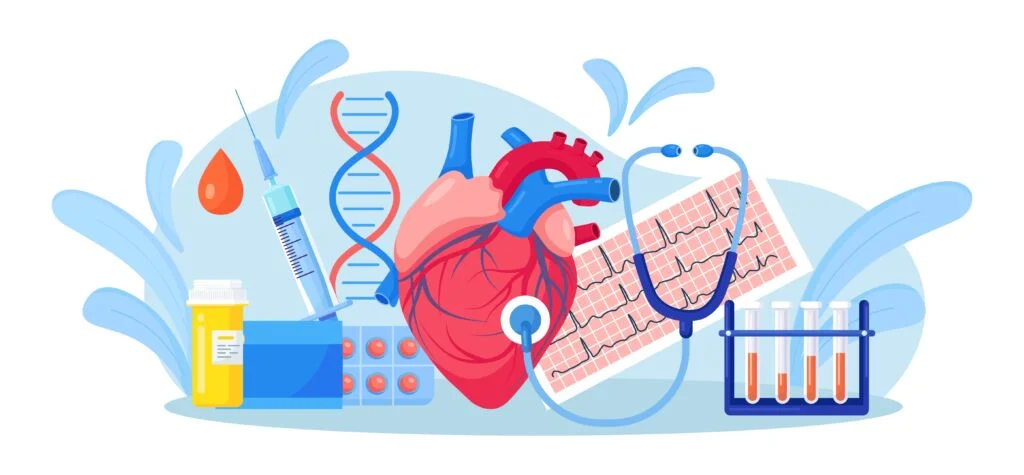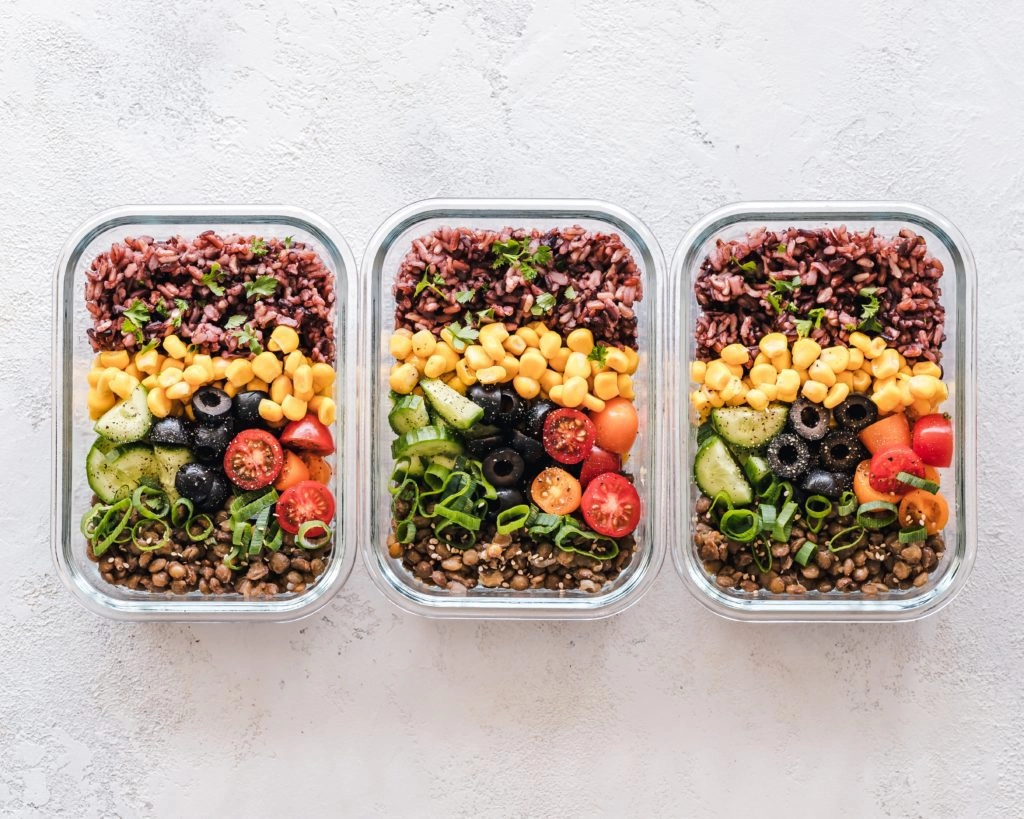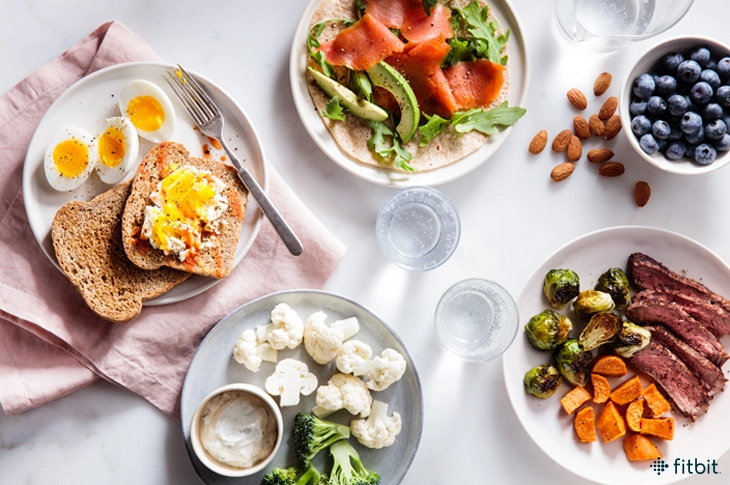How to shop for healthier foods

Focus on sodium, fiber, and added sugars.
When it comes to their diet, men often keep coming back to old favorites. They find a few foods they enjoy and rotate them through their daily meals.
"There is nothing necessarily wrong with that as long as their diet includes plenty of whole foods like fruits, vegetables, legumes, and whole grains, and avoids high amounts of processed foods," says Eric Rimm, professor of epidemiology and nutrition at Harvard's T.H. Chan School of Public Health. "But men also should be more mindful about reading food labels when selecting their favorite foods to ensure they get more of the healthiest nutrients and much less of certain substances."
Rimm suggests that for men who stick their favorites, they want to be especially mindful of adding more fiber and minimizing their intake of sodium and added sugars.
Sodium
FDA guidelines suggest people consume no more than 2,300 milligrams (mg) of sodium daily. (People with prehypertension and hypertension should limit their intake to 1,500 mg.) But the average person consumes about 50% more — 3,500 mg per day — with a higher intake among men.
Excess sodium in your bloodstream signals your kidneys to hold on to more water. The extra fluid can cause high blood pressure and lead to cardiovascular disease.
Shopping tip: Choose low-salt versions of packaged foods. Many products, including soups, crackers, and canned vegetables and beans, come in low-salt, reduced-salt, or no-added-salt versions. "Even bread can contain high amounts of sodium in a single slice," says Rimm. Select items with 150 mg or less of sodium per serving. For nuts, choose unsalted.
Fiber
A high-fiber diet helps keep body weight under control and lowers LDL (bad) cholesterol levels. Research has also linked eating enough dietary fiber with a reduced risk of heart disease and diabetes. Adequate fiber improves digestion, supports the immune system, and reduces symptoms in many people with irritable bowel syndrome. Men older than age 50 should consume 30 grams of fiber per day. However, most people consume, on average, only about half that amount.
Shopping tip: There are two types of fiber: insoluble and soluble. Rimm suggests focusing on getting both kinds. "This means loading up on whole plant foods like fruits, vegetables, legumes, nuts, seeds, and whole grains." Most men can meet their daily fiber requirement from two to four servings of fruit; two to five servings of vegetables, whole grains, and legumes; and one to two servings of nuts and seeds.
Look closer at food labels
Added sugars are identified on a product's ingredient label. They often are called by names other than "sugar." Here are the ones you should look for, according to The Nutrition Source, a resource from the Harvard T.H. Chan School of Public Health:
• agave nectar
• brown sugar
• cane crystals
• cane sugar
• coconut sugar
• corn sweetener
• corn syrup
• crystalline fructose
• dextrose
• evaporated cane juice
• fructose
• fruit juice concentrates
• glucose
• high-fructose corn syrup
• honey
• invert sugar
• malt sugar
• malt syrup
• maltose
• maple syrup
• molasses
• raw sugar
• sucrose
Added sugars
Added sugars refers to sugars and syrups in food products and beverages that increase sweetness and texture and extend shelf life. (This differs from natural sugar in fruit, vegetables, and dairy.) Research suggests that increased intake of added sugars is linked with obesity and cardiovascular disease.
Shopping tip
It's easy to predict high amounts of added sugars in products like sodas, cookies, and cakes. But many other seemingly innocent items, such as tomato sauce, yogurt, granola bars, and breakfast cereals, also have a lot of added sugars.
Labels now list added sugars under total sugar, so it's easier to know how much is included. "One teaspoon of sugar is equal to 4 grams, so that is something to keep in mind when looking at the amount of added sugar," says Rimm.
Also, note the number of grams of added sugar per serving and how much constitutes one serving. "The label might say 5 grams per serving, which is low, but you might typically eat three or four servings, so you will end up consuming 15 to 20 grams of added sugar," says Rimm.
You can also check the ingredients list of a food product to find added sugars. (See "Look closer at food labels.") Especially avoid foods that list multiple forms of sugar or include a sugar among the first three ingredients.
Related Posts
You May Like

The Science of Sleep: How to Sleep Better Every Night





